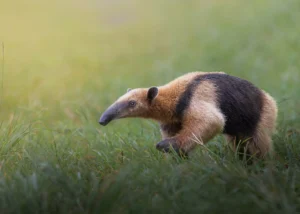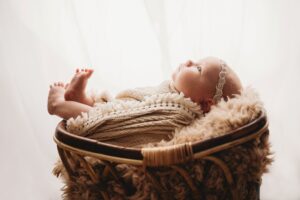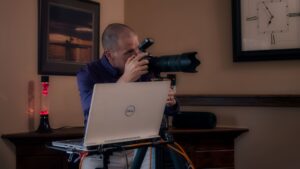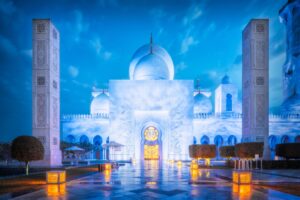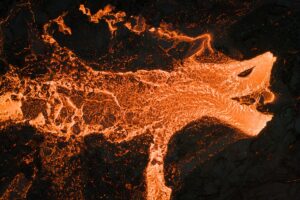
One thing that I like to say to all street photographers is this: try, and don’t be afraid of strangers. I started out street photography thinking that someone’s going to get mad or annoyed at me. But it doesn’t happen most of the time.
Animaras
You can also listen to this episode on iTunes, Pocket Casts, Spotify, Castbox, and Google Podcasts.
Want to take meaningful and eye-catching self-portraits? Check out our Self-Portrait Photography Indoors On A Budget course. You’ll find over 30 video lessons and challenges that will help you take stunning photographs of yourself.

In this episode, I speak with Sara, also known as Animaras. Sara is a hobbyist photographer from Malaysia who specialises in street and human interest photography. After she realised that she preferred having photography as a hobby, she enjoyed taking photos more. Sara’s background as a photographer is proof that everyone’s journey is unique and full of pleasant surprises.
We talk about:
– The joys of being a hobbyist photographer
– How to master street photography
– Why Sara downgraded her camera equipment
& much more!
Professional photography doesn’t have to be your end goal if it doesn’t feel right. As a hobbyist, you might find more freedom and creativity during your photoshoots. There’s no right or wrong answer in photography. If you’re curious about the life of a hobbyist photographer, make sure to listen to this episode today!
Here is a preview of our conversation with Animaras.

Q: Would you ever consider having a professional photography career?
Animaras: Actually I tried pursuing it professionally, but it didn’t fit with my soul. When I don’t shoot professionally, I can see things more clearly. The pressure is not there. You’re actually looking at it differently than if you had to do it for money.
For me, when I don’t have any burdens or pressure, I can shoot whatever I like. I just take the photo and that’s it. “Okay, this must be delivered to someone.” I don’t like that kind of pressure. That’s why I became a hobbyist. I stay in my lane.

Q: What was it like to downgrade your gear?
Animaras: I picked up a Sony A6000 in 2015. I used it a lot. The Sony A6000 was a wonderful tool for me to learn photography, because it’s compact and very easy to bring out. I paired it with the Sigma 30mm f/1.4. It’s such a sharp lens and it’s very good for environmental portraits. It’s wide enough, but it also has a separation because of the aperture. I learned a lot of things from the Sony A6000. I experimented with it and used it for my videos.
Then I transitioned to a Sony a7 II camera. I don’t even know why I jumped to a full-frame camera because I didn’t have any opportunities to use it at all. I downgraded because I felt like I didn’t I need a lot of gear or lenses. That’s why I choose the Leica Q2. It’s very compact and it comes with one lens.

Q: After downgrading, did you find yourself taking more photographs?
Animaras: Yes, definitely. I bring this camera with me more than my previous cameras. Before, when I wanted to go out with one camera and one lens, I would feel the opportunity cost losses. I’d think, “Oh, I didn’t bring my long lens.” Things like that.
With this camera, I just bring it with me and shoot anything that I consider interesting. I take it as an opportunity to take more photos out there. I definitely take more photos with this camera than with my Sony A6000 or A7 II.
Links
Personal Instagram
Leica Instagram
YouTube
Join Our Photography Community!




